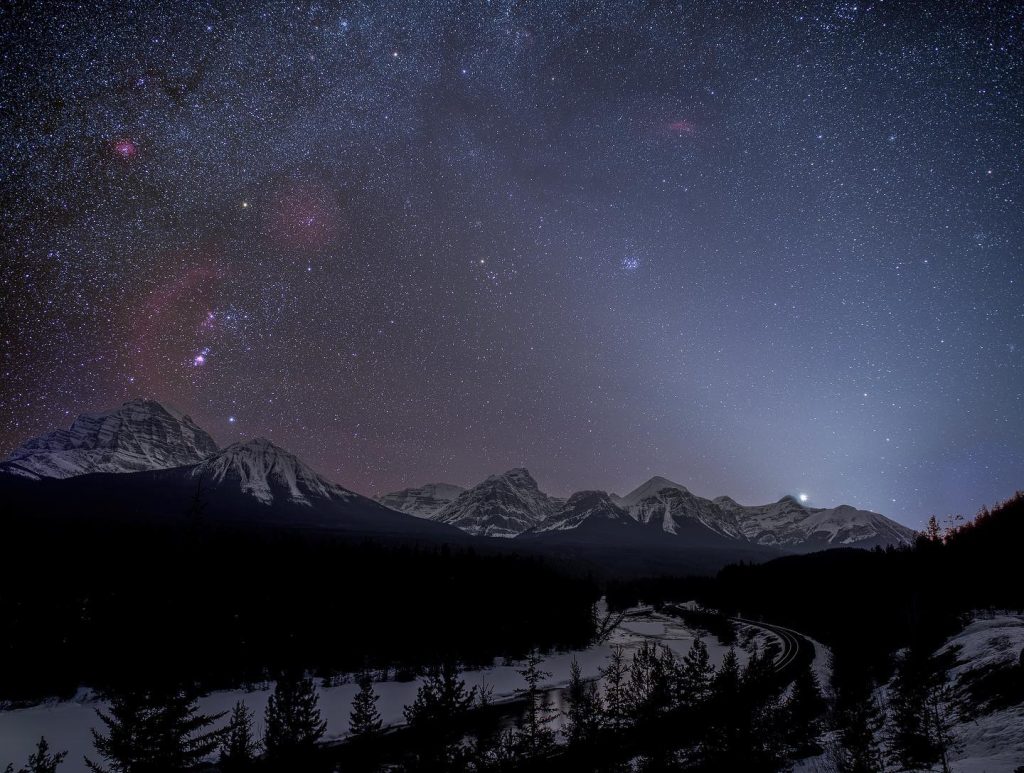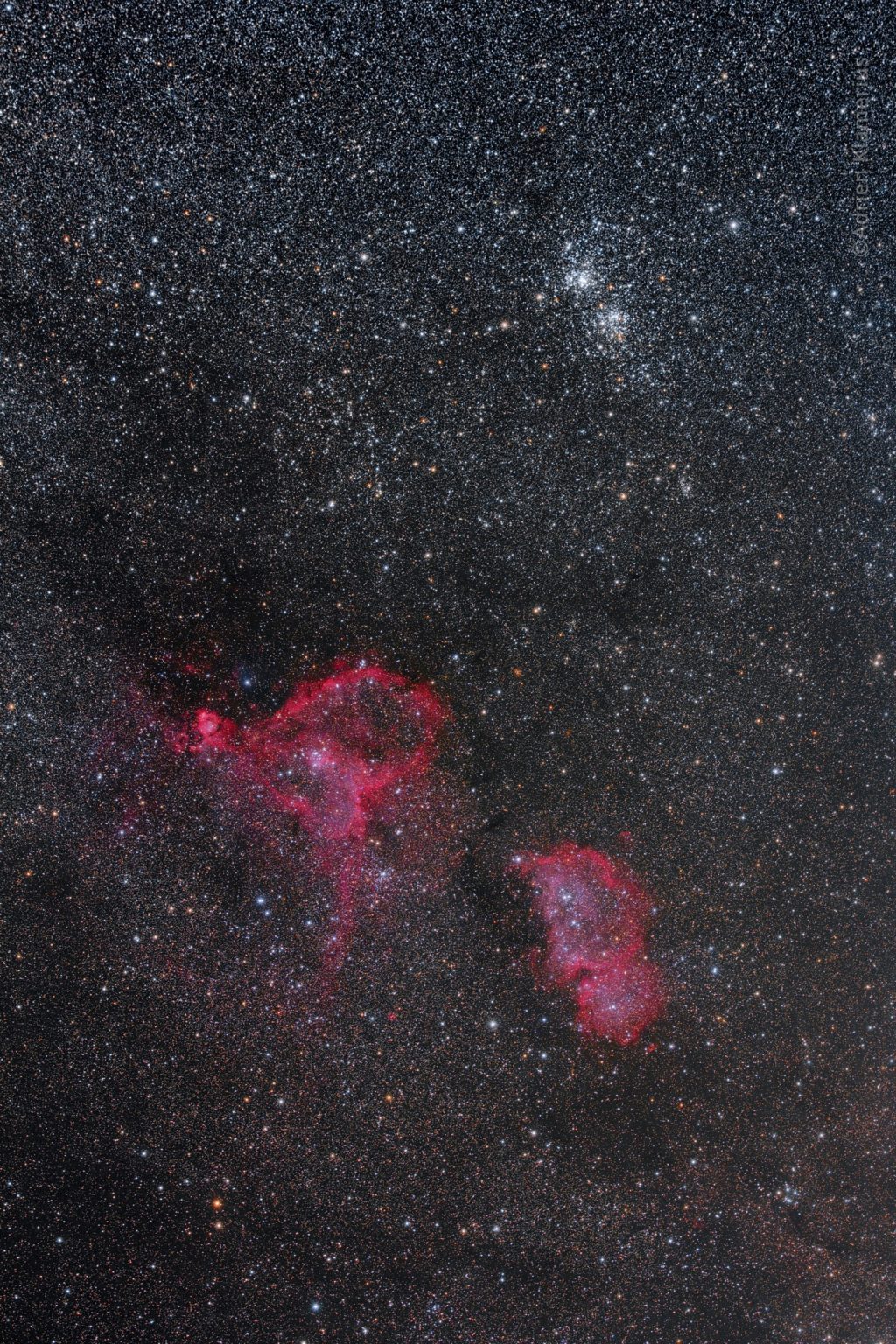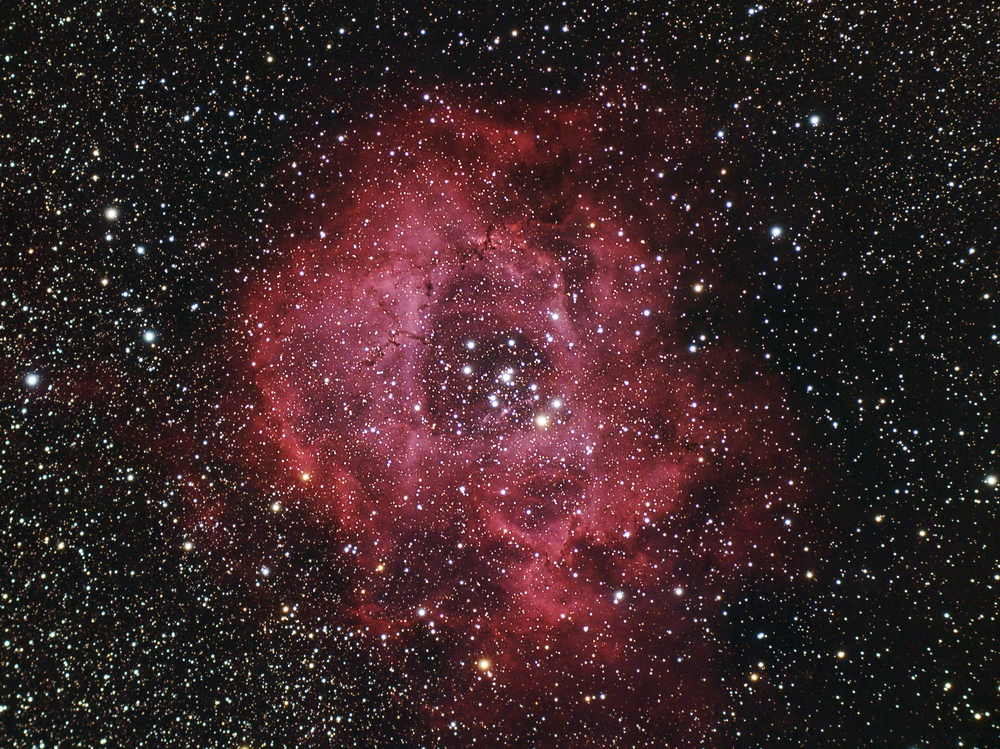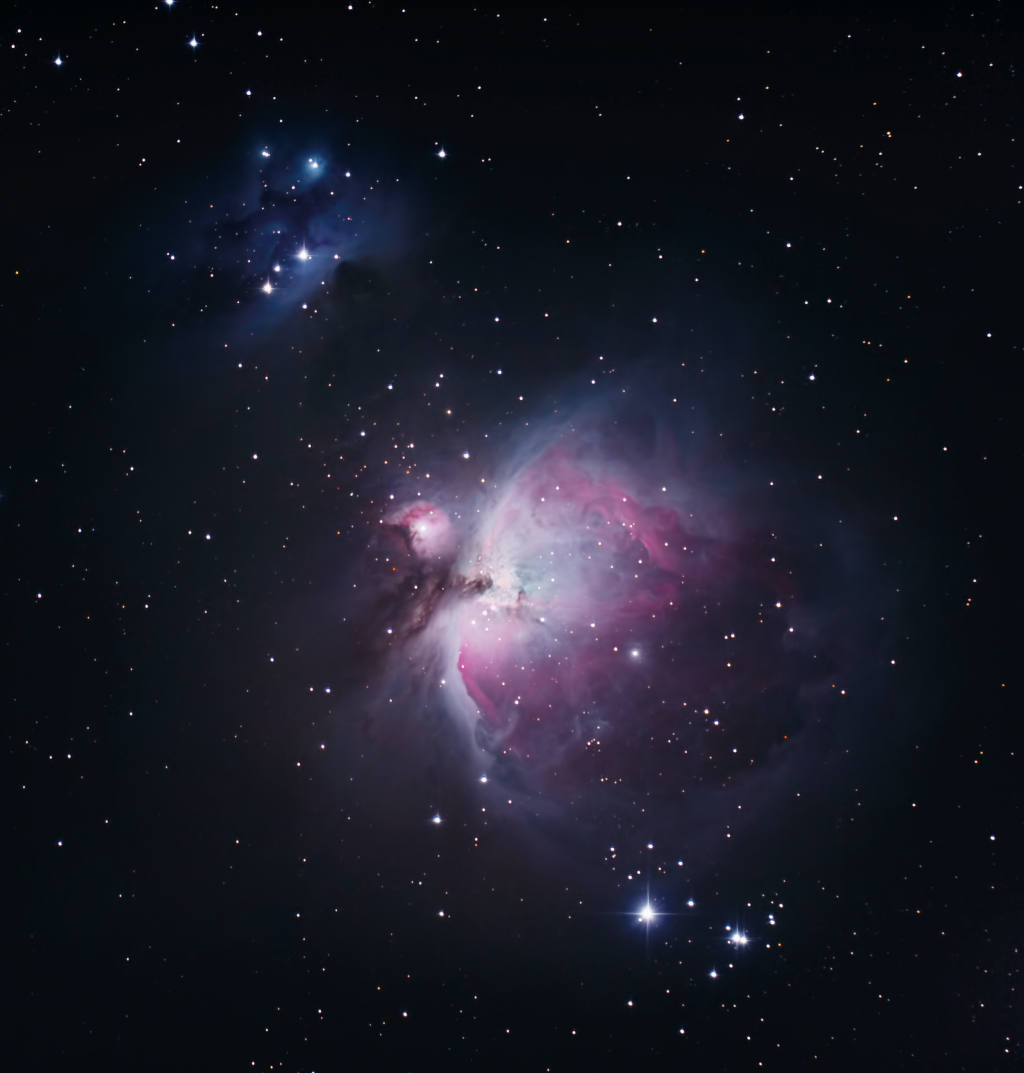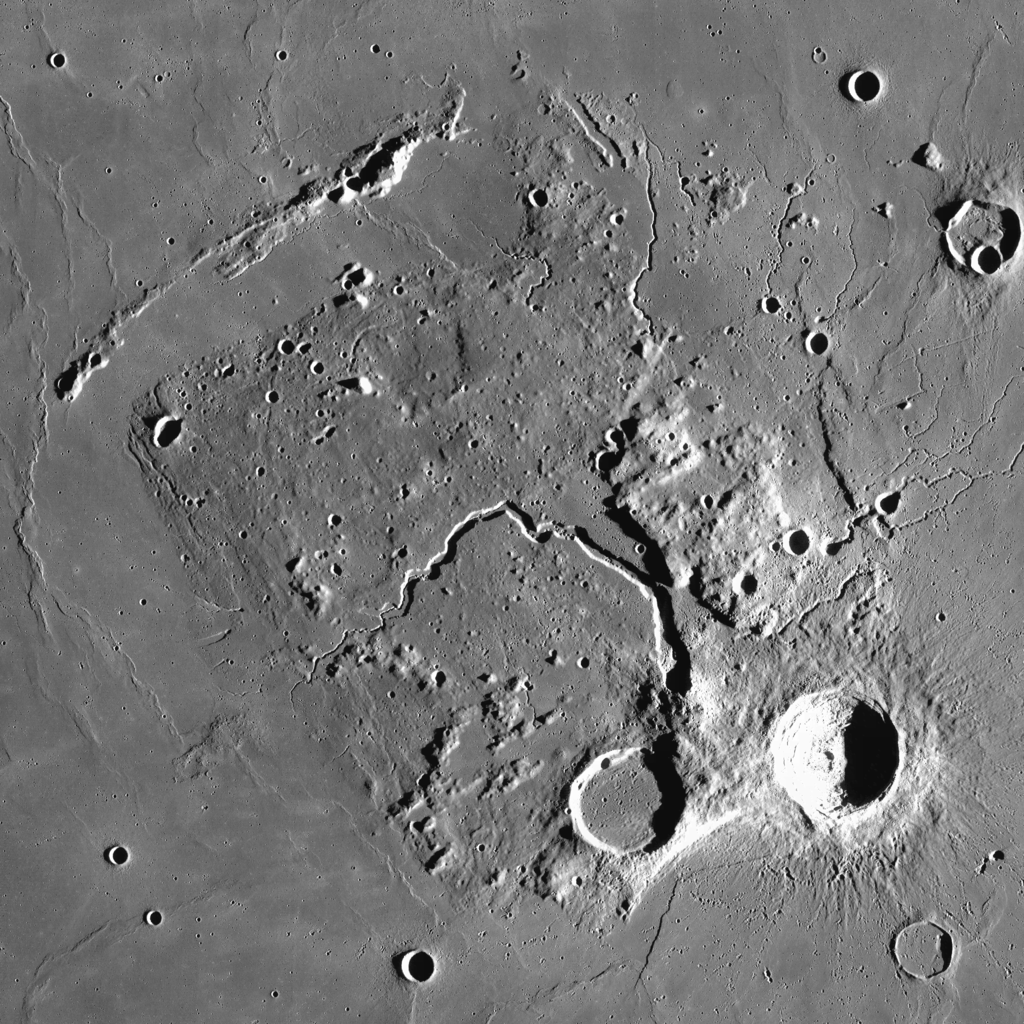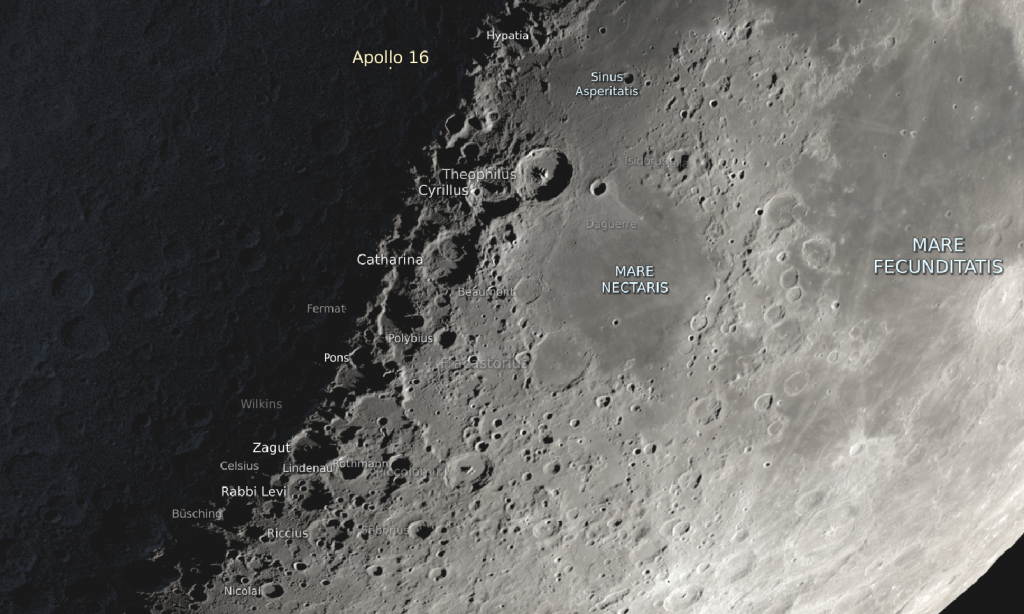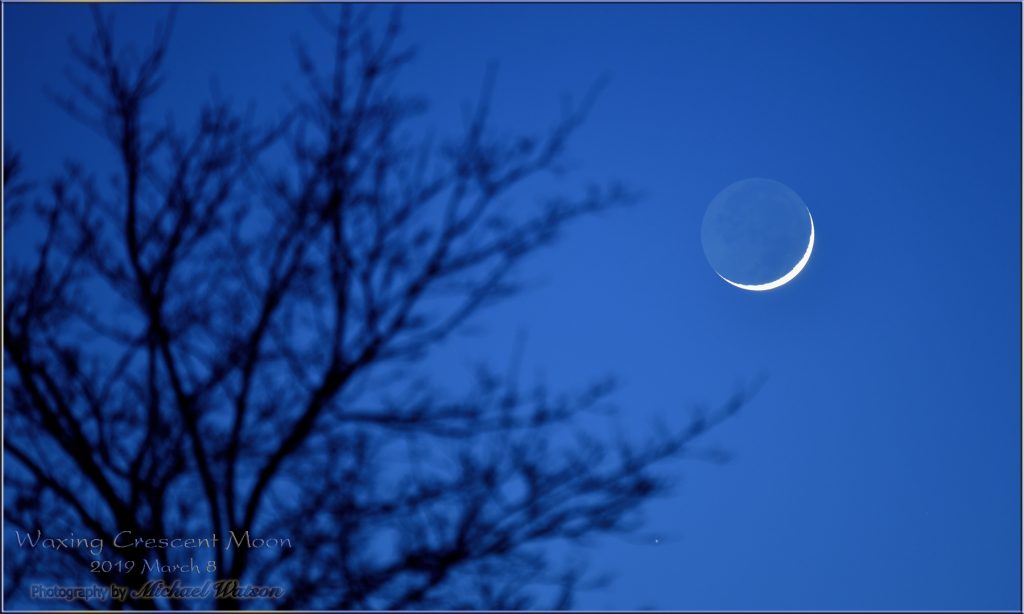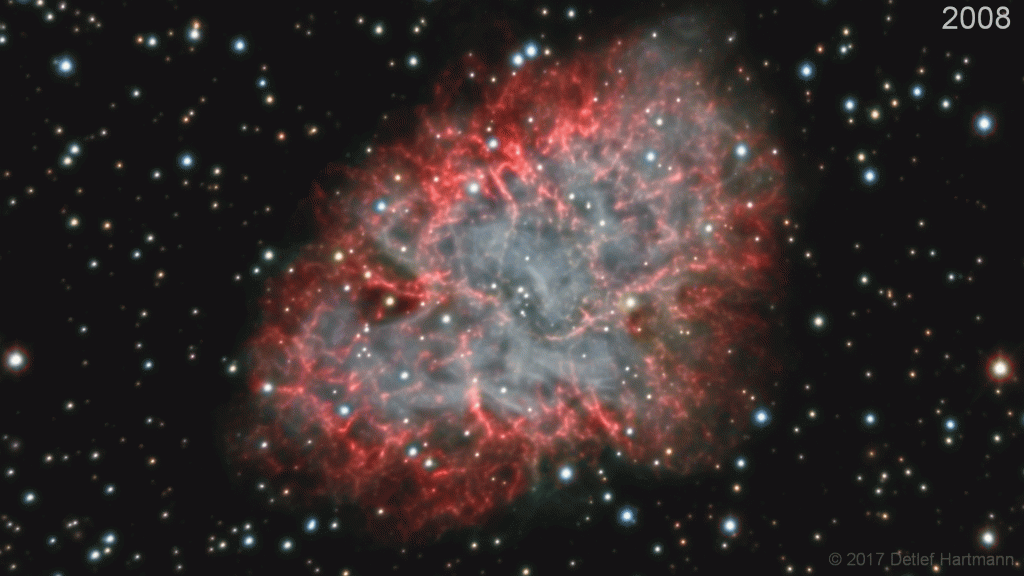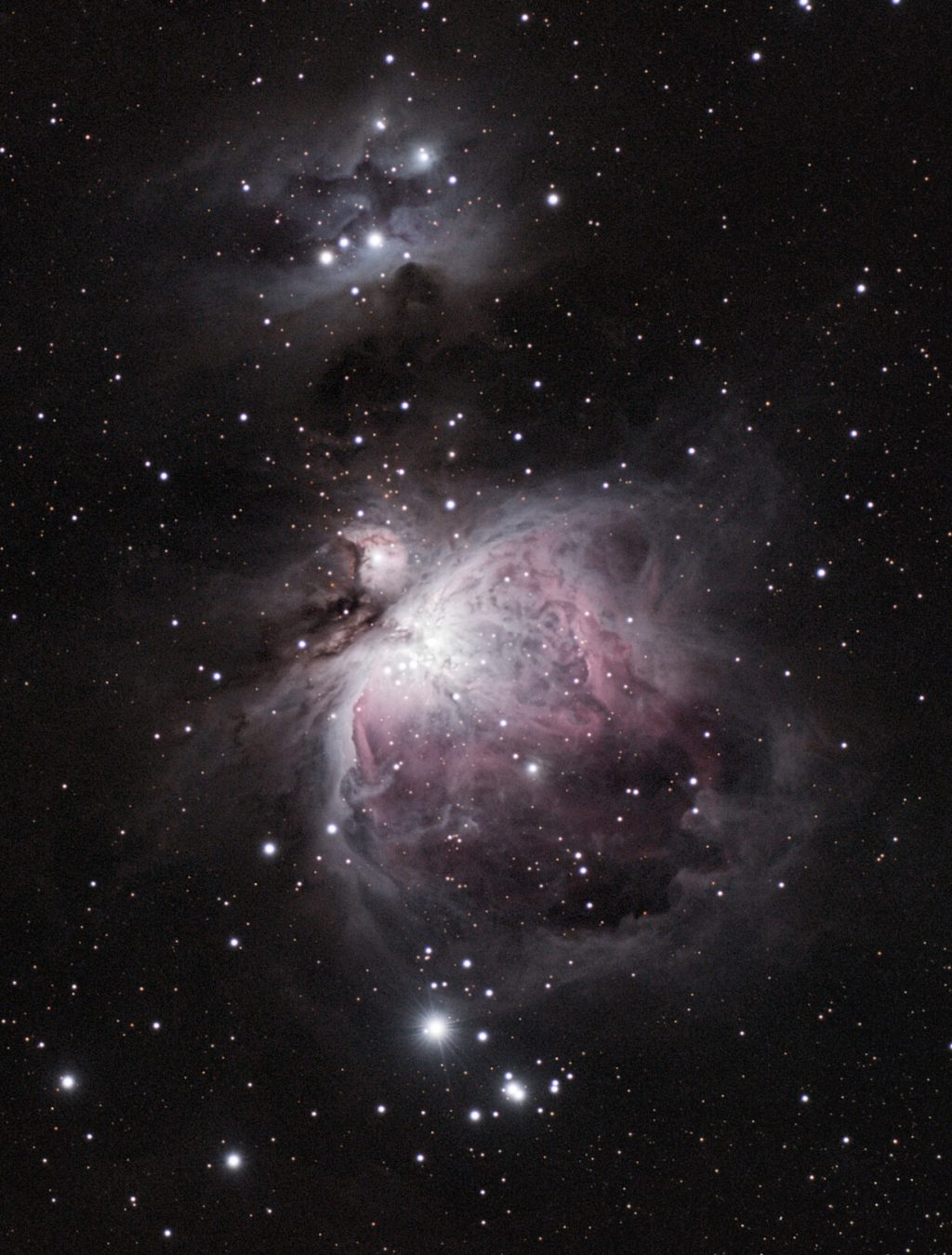The Waning Late-night Moon Lets Us Walk the Dog’s Stars and Watch for Dust While February Leaps into March!
This spectacular image by my friend Andrea Girones was taken recently at Morant’s Curve, Alberta using a DSLR with a 20mm lens on a star tracking mount. It captures the arc of faintly glowing reddish hydrogen gas around Orion and the nimbus around his head (at left), the bright compact Rosette Nebula (upper left), Mars…
Read more
